For this piece, I could just post a picture of four musical phases of Eddie Van Halen and leave it at that. Apart from making my editor frown, I’d also rob myself of two things I enjoy quite a bit: writing and guitars. Since Chuck Berry, rock guitar has evolved dramatically, and during the 1980s, it became something like an Olympic sport. An emphasis on virtuosity was dominant, as shredders outdid one another to a cartoonish degree. But some forever altered the instrument. So let’s take a look at four 80s shredders who transformed rock guitar.
Videos by American Songwriter
Randy Rhoads
Randy Rhoads had already made a name for himself in Los Angeles with Quiet Riot. Inspired by David Bowie’s guitarist, Mick Ronson, Rhoads’ polka-dot guitar matched his vest as the young guitarist emulated Ronson’s glam aesthetic. Then Rhoads helped resurrect Ozzy Osbourne’s career when the ex-Black Sabbath singer assembled his solo band.
Between 1980 and 1981, Rhoads co-wrote and recorded two iconic heavy metal albums with Osbourne, Blizzard Of Ozz and Diary Of A Madman. His recording, “Crazy Train”, remains one of the most famous rock guitar riffs in history. “Mr. Crowley”, “Flying High Again”, and others helped establish Rhoads’ mix of classical music and hard rock. Sadly, he died in a plane accident in 1982 while on tour. He was just 25.
Steve Vai
While studying at the Berklee College of Music in Boston, Steve Vai was hired by Frank Zappa to transcribe Zappa’s music. Soon, Vai joined Zappa’s band, noted for performing “stunt” or “impossible” guitar parts. But Vai’s recognition grew when he joined David Lee Roth’s band after the singer’s exit from Van Halen. There aren’t many guitarists capable of following Eddie Van Halen, but Vai’s work with Roth was a critical and commercial success.
Roth’s debut album, Eat ’Em And Smile, features the hit song “Yankee Rose”, which includes Vai’s left-of-center shredding. However, most memorably, Vai seemed to make his guitar speak. “Yankee Rose” begins with a conversation between the singer and Vai’s talking rock guitar before launching into a riff where Diamond Dave says, “Well, guess who’s back in circulation?” Vai also appeared as the Devil’s guitarist in Crossroads, in the legendary dual scene with Ralph Macchio’s character. Vai, like Zappa, brought complex music to mainstream audiences. And his solo output is as revered as his work with the high-profile artists he’s supported.
Yngwie Malmsteen
You can trace the playing styles of most rock guitarists to Eric Clapton, Jimi Hendrix, Jimmy Page, or Eddie Van Halen. Yet, when Yngwie Malmsteen arrived in America from Sweden, he cited the works of violinist Niccolò Paganini and composer Johann Sebastian Bach. Malmsteen fused classical harmony with the blues of Hendrix as well as Ritchie Blackmore. And similar to Randy Rhoads, Malmsteen’s fusion helped pioneer neoclassical metal.
He played with Steeler and Alcatrazz before launching a prolific solo career. (Alcatrazz also featured Steve Vai, though not at the same time.) Malmsteen’s groundbreaking compositions, “Black Star”, “Far Beyond The Sun”, and “Rising Force”, contain exotic scales and impossible technique. Though he hasn’t reached the commercial heights of Ozzy Osbourne or Van Halen, Malmsteen inspired many future shredders. One guitarist who grew up studying Malmsteen’s warp-speed scales and sweeping arpeggios: Rivers Cuomo of Weezer.
Eddie Van Halen
There wasn’t a rock guitarist more influential in the 1980s than Eddie Van Halen. Van Halen revolutionized the instrument when he released “Eruption” in 1978. No one sounded like that. As great as the others on this list may be, Van Halen’s debut was volcanic, to stretch the metaphor from his defining track. But the reason I think Van Halen reached a wider audience was his attention to song craft. His band had tunes, and before David Lee Roth connected with Steve Vai, Van Halen had both a showman and a foil.
After Roth, Sammy Hagar joined Van Halen, and together they released one smash album after the other. Countless copycats emerged after King Edward, but none of them could muster anything close to “Ain’t Talkin’ ’Bout Love”, “Atomic Punk”, “Unchained”, or “Panama”. (I could keep going.) Then the world’s greatest guitarist wrote his biggest hit on a keyboard. “Jump” was a colossal success and also led to Roth’s departure. And in a way, Vai’s entrance.
Photo by Ross Marino/Getty





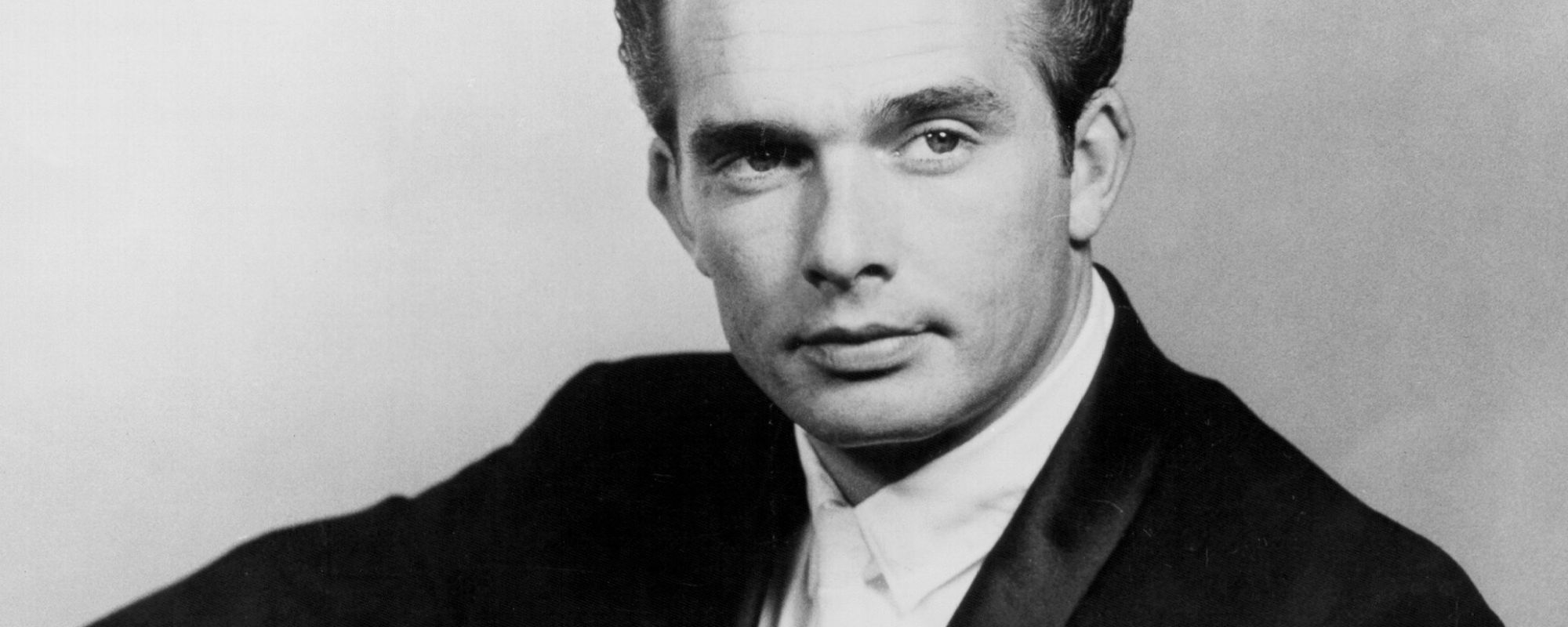

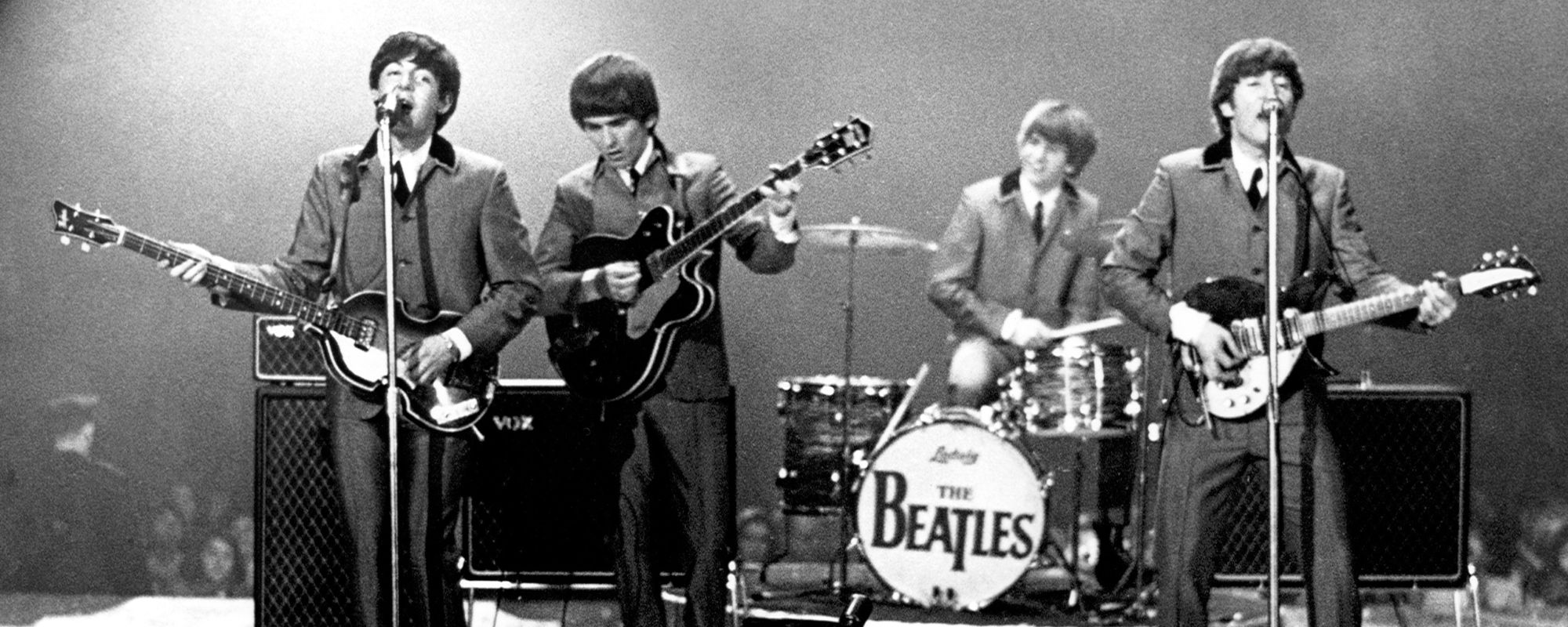
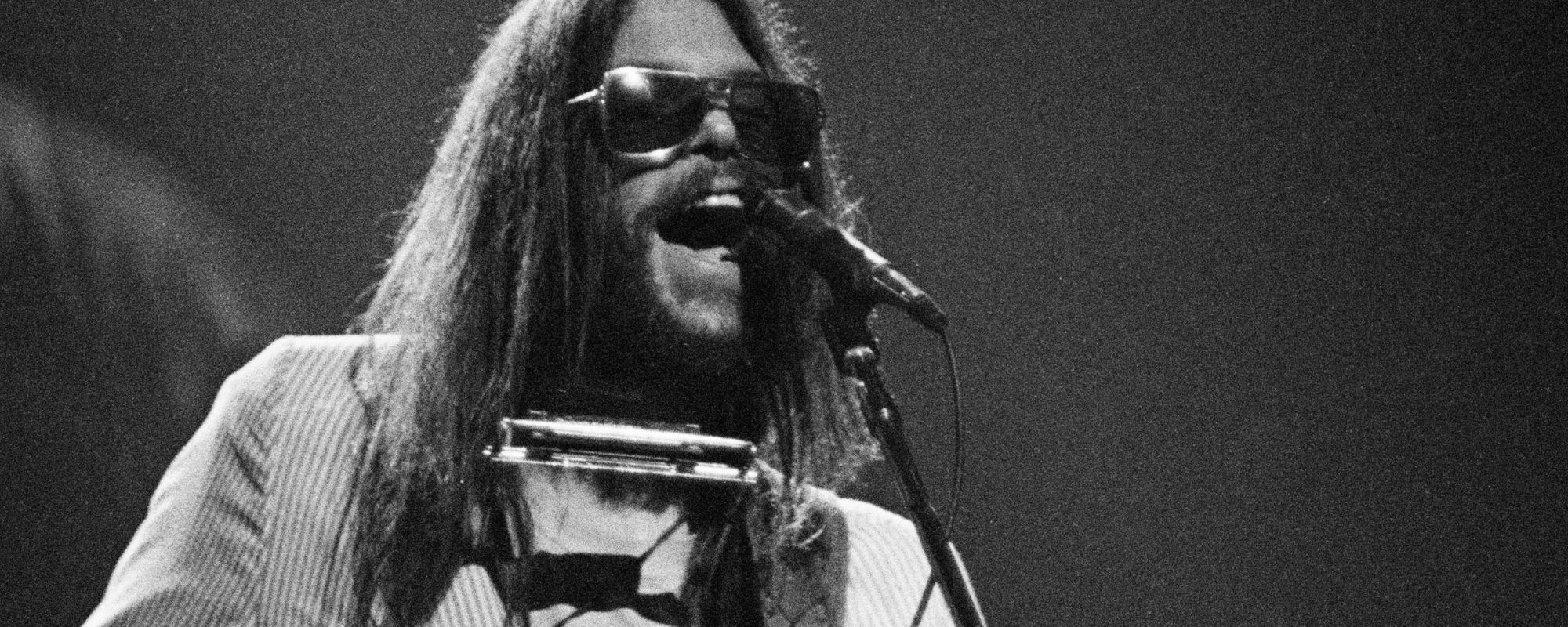
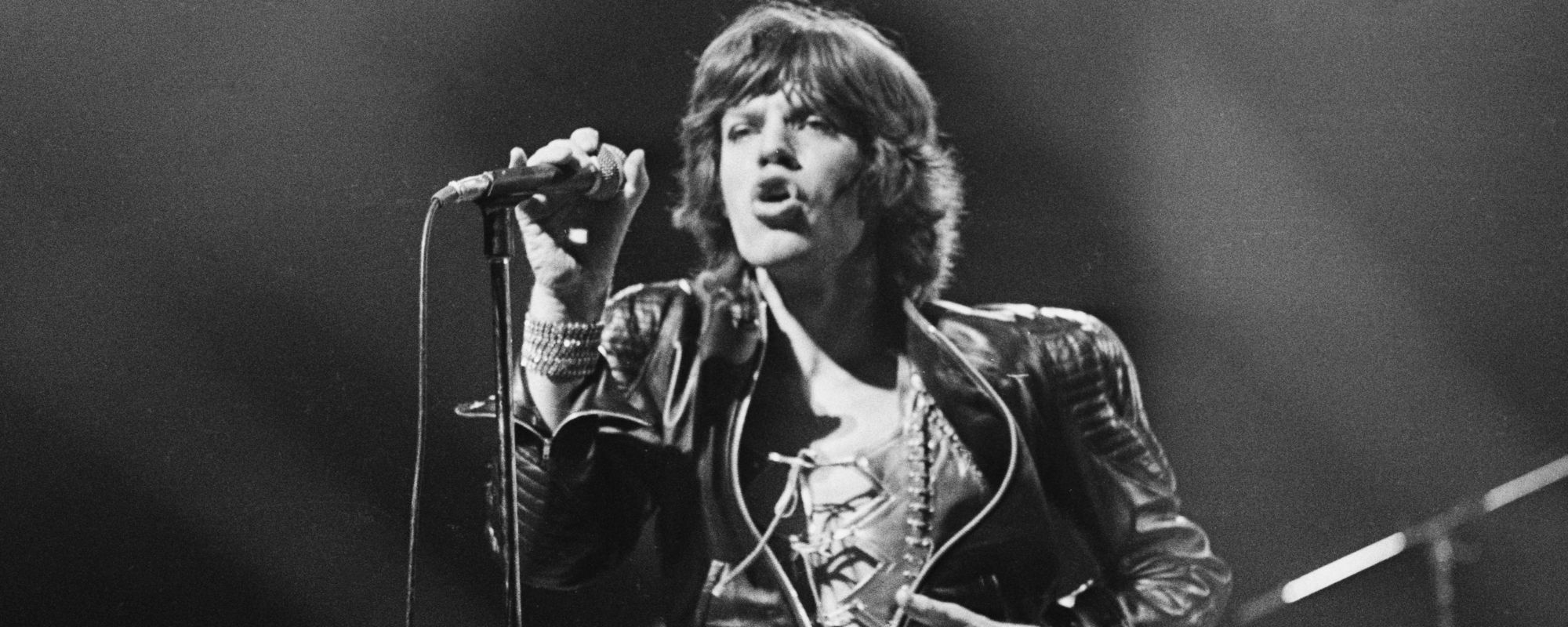
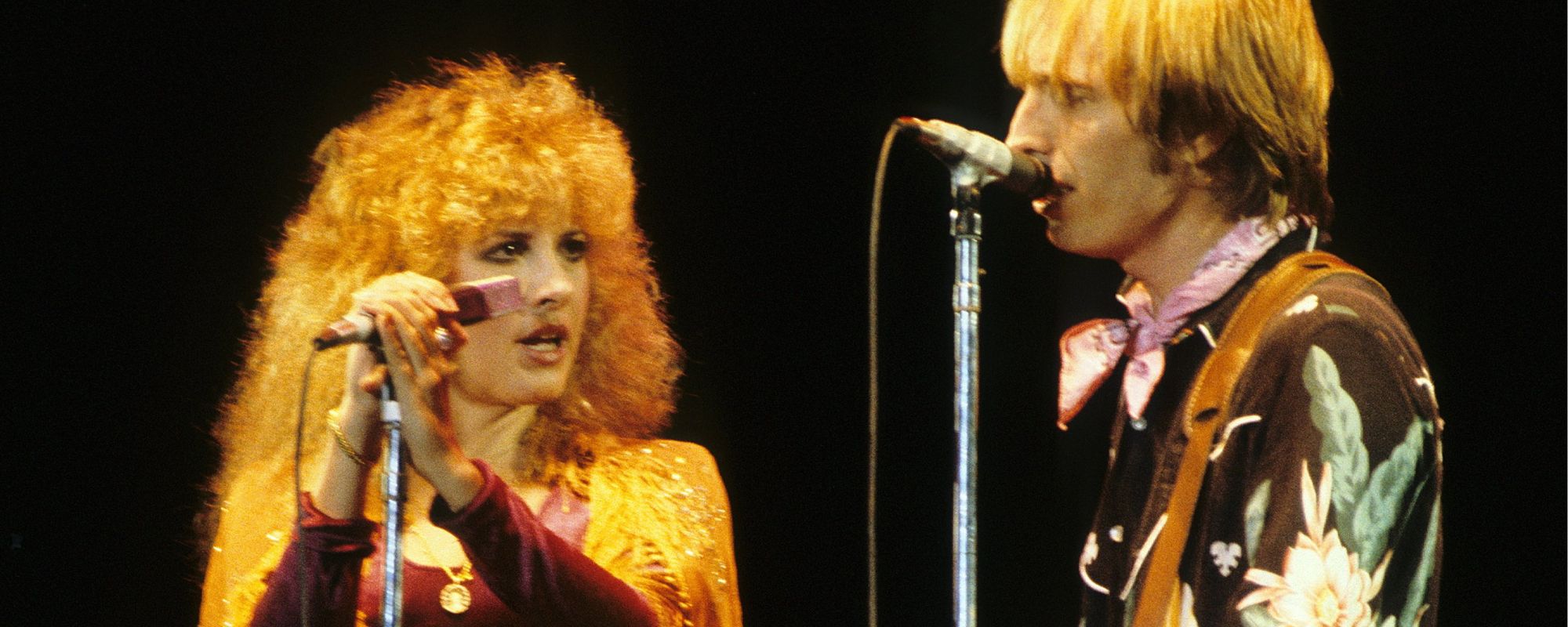
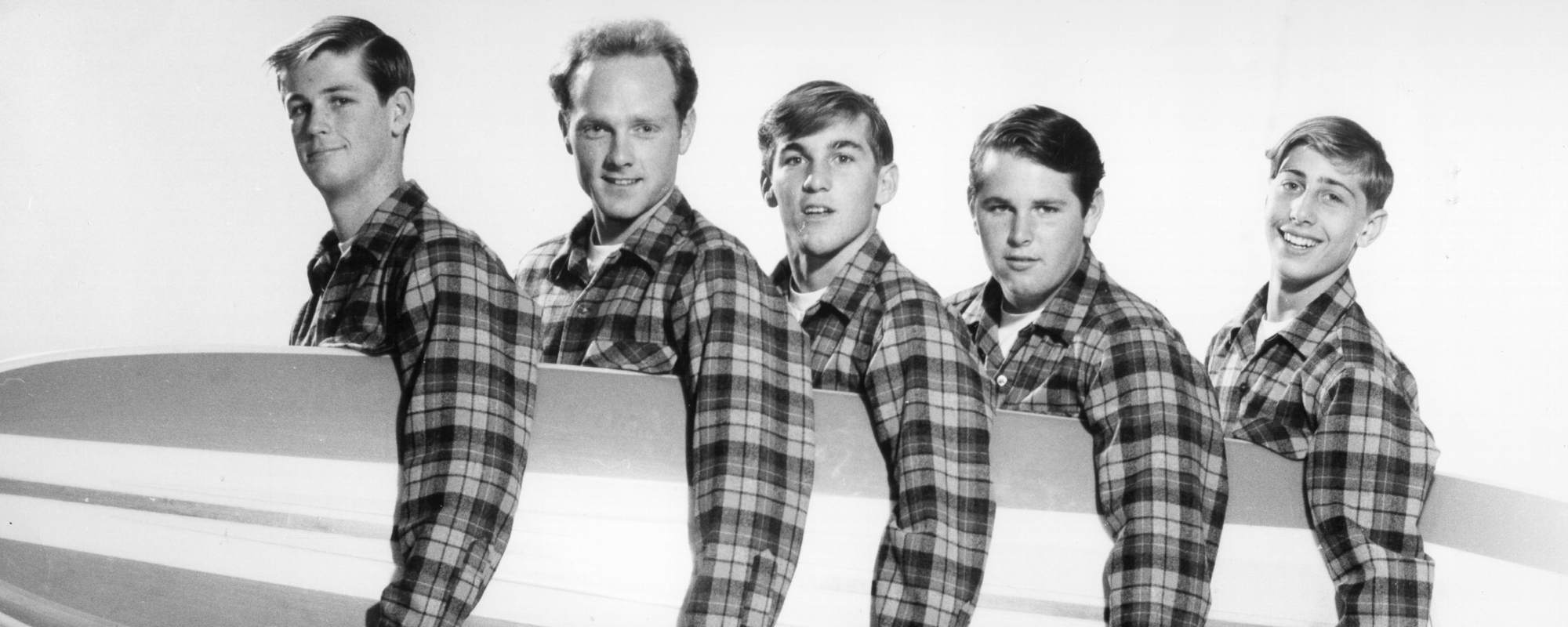
Leave a Reply
Only members can comment. Become a member. Already a member? Log in.